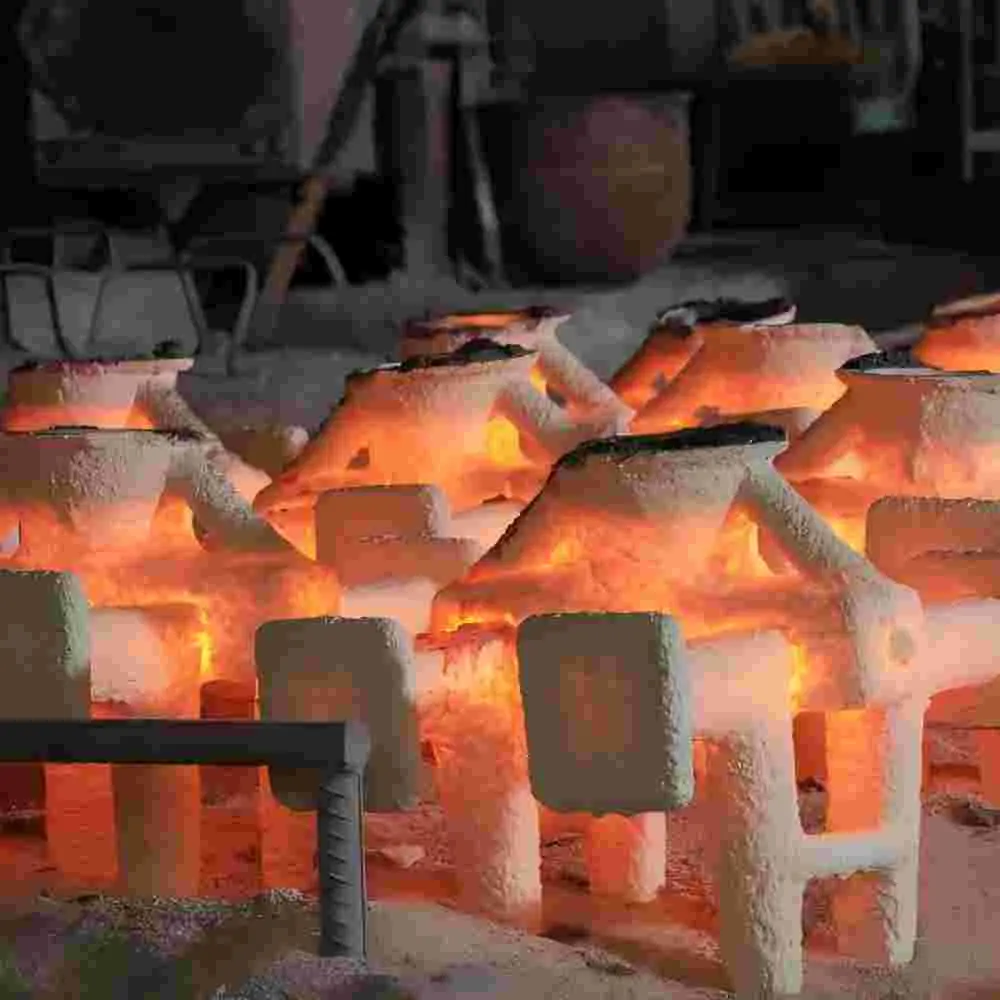
How to Choose the Right Silicone Sol Precision Casting Supplier in 2025
Selecting the right supplier for silicone sol precision castings can make or break a project. Buyers often face challenges like mold transfer issues, limited testing opportunities, and delays caused by inexperienced suppliers. In 2025, emerging trends like automation and sustainability are reshaping the industry.
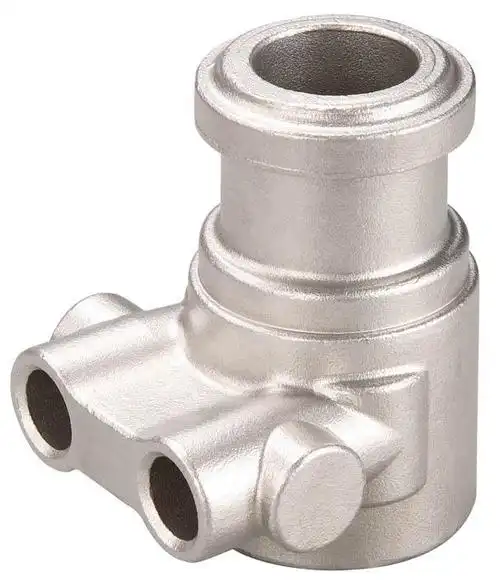
How Stainless Steel Investment Casting Products Are Made
Stainless steel investment casting creates components with unmatched precision and durability. This process excels in producing intricate designs like SS304 casting parts or SS316/SS316L casting parts. Its advantages include corrosion resistance, heat tolerance, and superior surface finishes. Manufacturers also benefit from reduced material waste and cost efficiency, making it a preferred choice for complex designs.

Emerging Trends Shaping Tin Bronze Precision Casting Technology in 2025
Tin bronze precision castings play a vital role in industries that demand durability and performance. Their ability to resist corrosion and endure extreme conditions makes them indispensable.
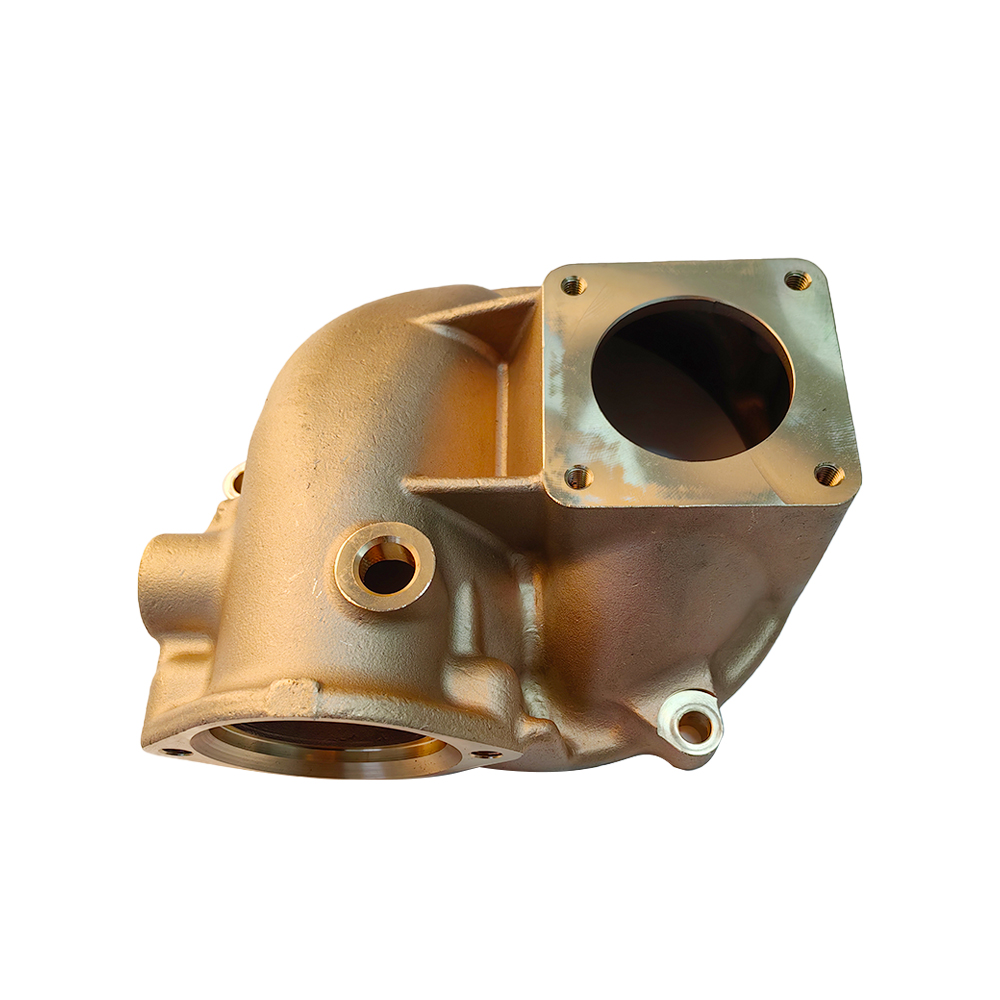
Why Copper Precision Castings Excel in Marine Use

Bronze Precision Foundry Explained and How It Works
Bronze Precision Foundry specializes in bronze investment casting, a process that transforms molten bronze into intricate, high-quality components. This method ensures exceptional durability and precision, making it indispensable across various industries. For instance, the marine industry relies on Bronze Precision Foundry for corrosion-resistant hardware, while the aerospace sector values its lightweight yet strong properties for aircraft components.

How to Choose the Best Bronze Precision Foundry in 2025
Selecting a bronze precision foundry demands careful evaluation of expertise, technology, and customer support. Industries often face challenges like thermal expansion or work hardening during precision casting. Businesses should assess production capabilities, certifications, and communication to ensure alignment with project needs. Effective collaboration minimizes risks and ensures successful bronze precision casting outcomes.
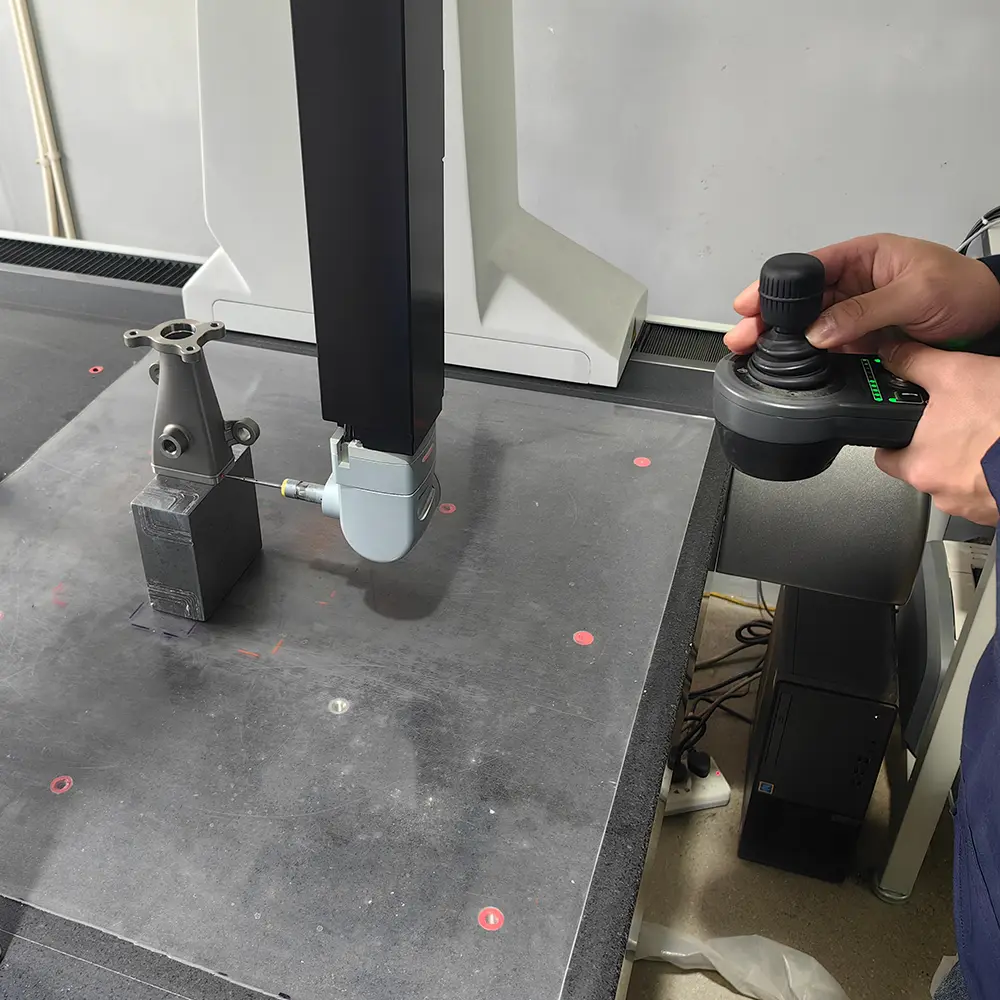
What Materials Are Used for Investment Casting Patterns in 2025
Investment casting patterns in 2025 showcase a fascinating blend of traditional and modern materials. Industries now rely on superalloys for aerospace, titanium alloys for medical tools, and investment casting aluminium for automotive parts. Companies like PINGHENG are embracing sustainable practices, using recycled metals and energy-efficient processes. Lost wax investment casting remains a cornerstone of our methods, while advancements in investment bronze casting and brass investment casting continue to push boundaries.
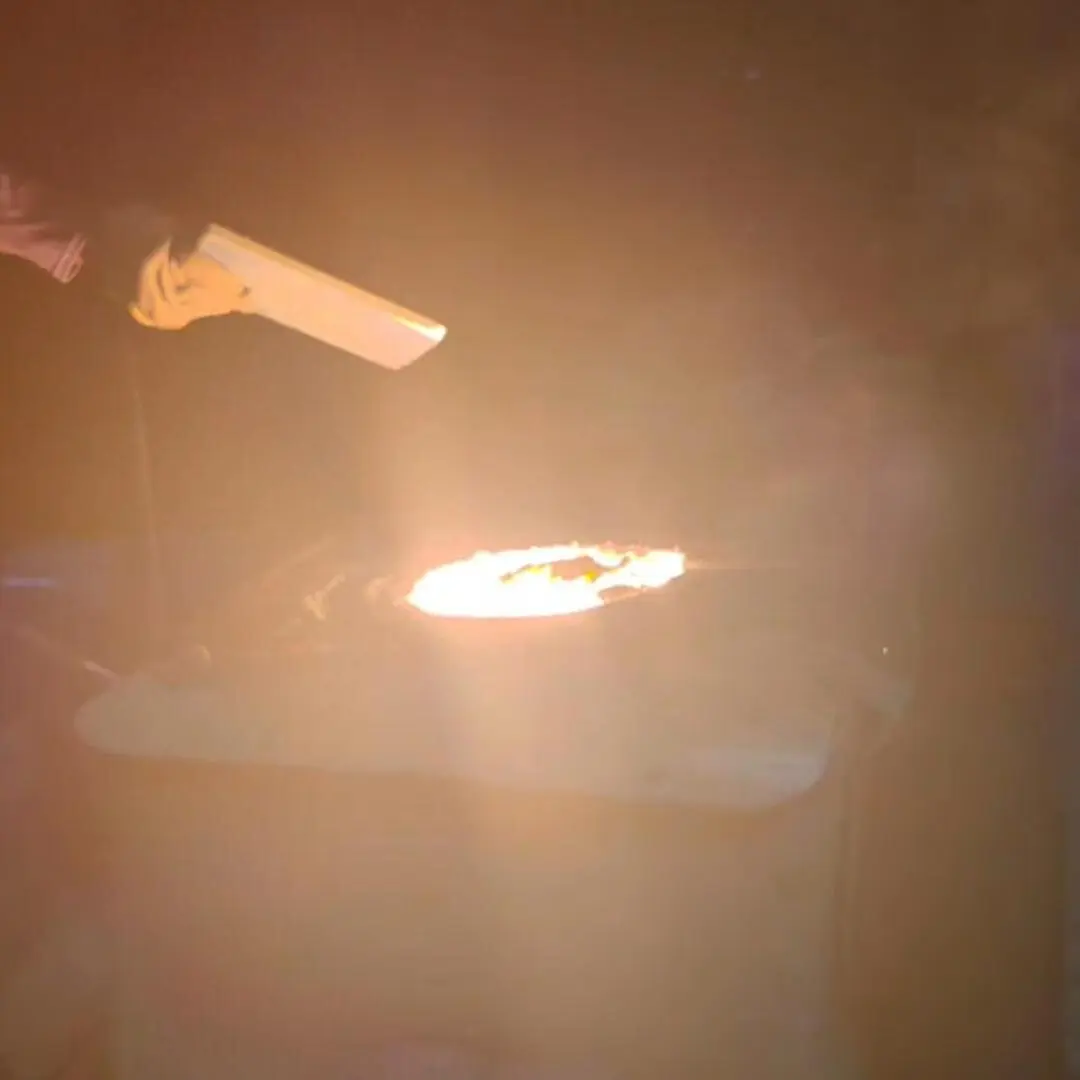
How Tin Bronze Precision Castings Elevate Art
Tin bronze precision castings hold a special place in the art world. You find them significant because they combine durability with beauty. This alloy offers unique properties that make it ideal for precision casting. Its strength ensures long-lasting art pieces, while its malleability allows artists to create intricate designs. The aesthetic appeal of tin bronze, with its rich color and ability to develop a beautiful patina over time, enhances the visual impact of sculptures and decorative art. You appreciate how these qualities elevate the artistry and craftsmanship in every piece.

Tin Bronze Castings: How They Transform Art
Tin bronze precision castings revolutionize artistic expression. You find this material's unique properties ideal for art casting. Its durability ensures your creations withstand time and elements. The aesthetic appeal of tin bronze captivates viewers with its rich, warm tones. Artists like you appreciate how it captures intricate details, enhancing the beauty of sculptures. This alloy's strength and resistance to corrosion make it a favorite in the art world. By choosing tin bronze, you elevate your art, creating pieces that endure and inspire.
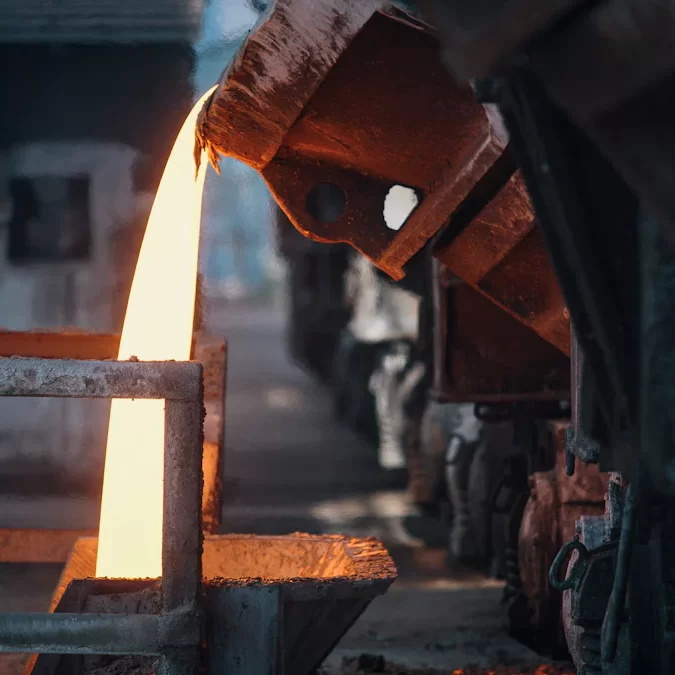
Tracing the Roots of Investment Casting
Investment casting, also known as lost-wax casting, represents a time-honored manufacturing process. Artisans create intricate metal components by forming a wax pattern, encasing it in a ceramic shell, and then melting the wax away to pour molten metal into the cavity. This technique has played a pivotal role in manufacturing history. It enabled the production of complex shapes with high precision long before modern machining techniques existed. Its historical significance lies in its ability to produce detailed and durable items, from jewelry to industrial components, showcasing human ingenuity across centuries.















